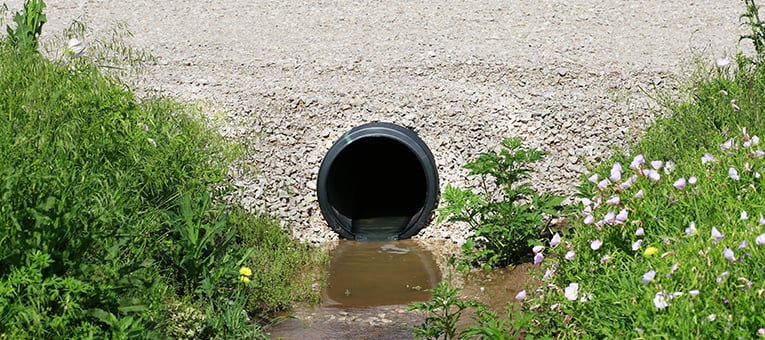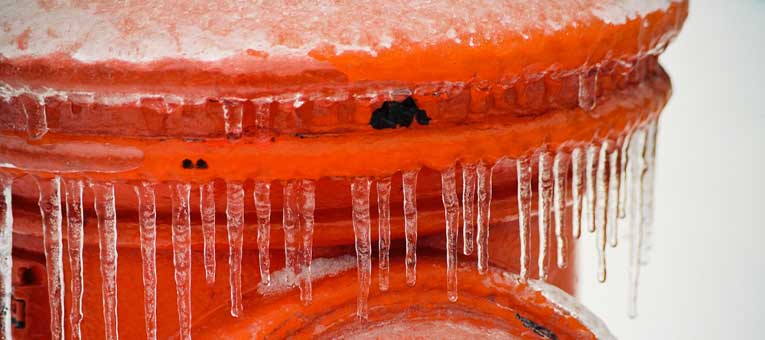When it's time to upgrade your culverts, have you considered polyethylene? With a strong, corrugated exterior that provides superior strength and a smooth interior that improves hydraulic flow, polyethylene culverts and drain pipes provide you with a good option to improve stormwater management in your water utility. But what do you need to do to properly install this type of material? Here's a quick glance at the overall process.
With Old Man Winter setting solidly in for the season, your water utility is probably facing some serious problems. However, one of the most life-threatening issues that your utility can face is frozen hydrants. Instead of simply being an inconvenience for your customers, it can be a real problem that can threaten lives when a fire breaks out. But that doesn't mean that you can just hit your hydrants with anything to get them to thaw when they're frozen. Using the right techniques ensure that your hydrants can be thawed in a safe, damage-free manner. Here's how:
When you've got water issues on your lawn or issues with your basement leaking water, there could be any number of causes. The best solution will always be to improve drainage on your property. This allows excess water from up slope to drain away, preventing it from becoming a problem for your lawn or structure. One of the most popular options is a French drain, a simple structure built into your lawn to help move water away from your home or areas of concern. Here's how to install one.










